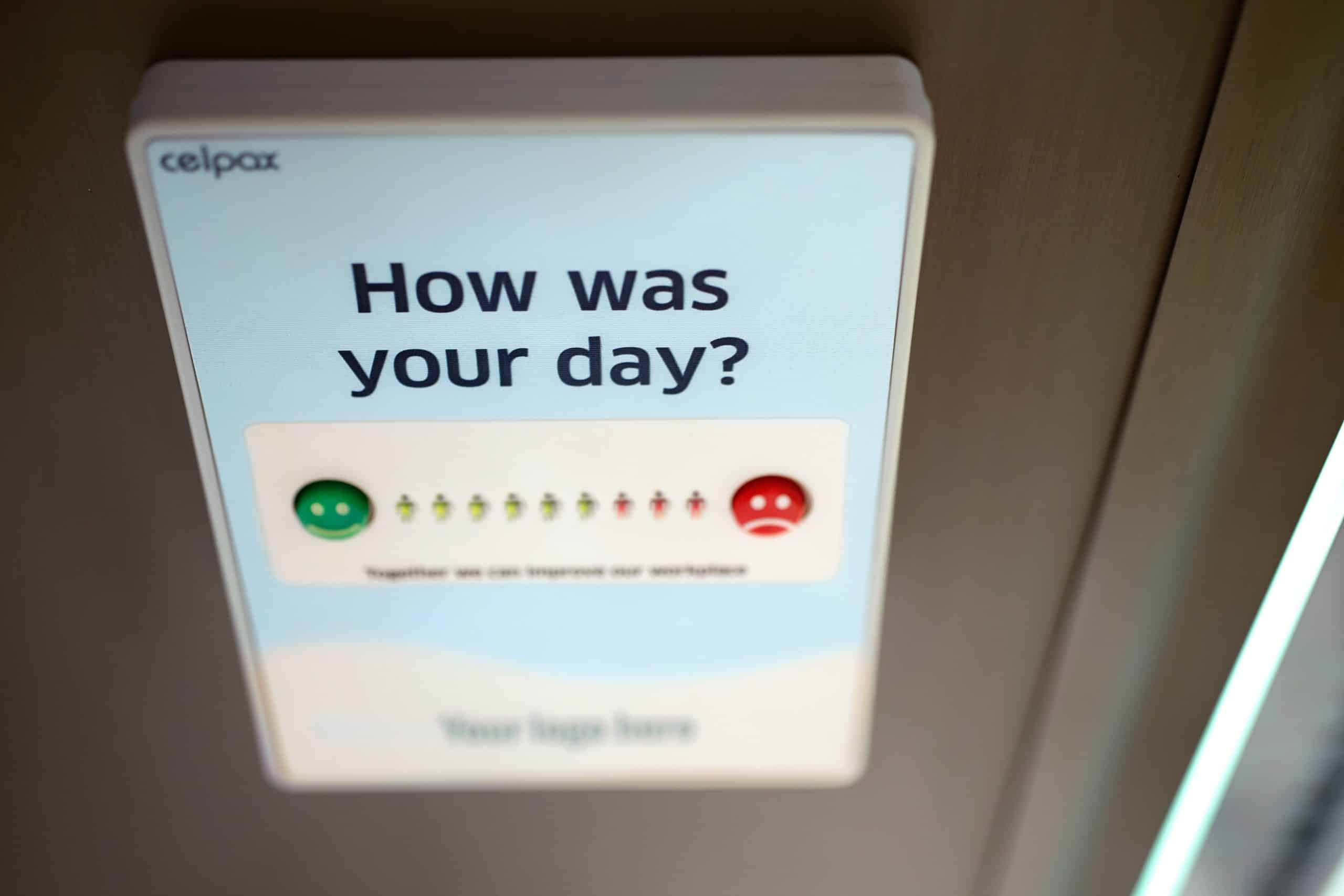Key KPIs for Your Ecommerce Store

How do you measure how well your ecommerce store is doing?
Setting and measuring key KPIs for ecommerce is a critical step for your success. In WooCommerce, there are various analytical tools you can use to gather data and measure against your goals.
The question is, which KPIs are useful for ecommerce stores to measure? We’re looking at some of the most important KPIs here:
KPIs for Ecommerce stores
We’ll start by saying that not all KPIs are for every ecommerce store. It’s important to choose the right KPIs based upon the stage of your business and your goals. Your KPIs should be easily measured and should overall make sense for your business.
Here are some of the top KPIs for ecommerce stores to track:
Conversion rate
Conversion rate is consistently chosen as one of the top KPIs that all ecommerce stores should be concerned with. It is calculated by dividing the number of visitors who make a purchase on your website by the total number of visitors, expressed as a percentage.
Other than purchases, conversion rate might also refer to visitors who take another desired action, for example signing up or creating an account. An increase in conversion rate will typically cause you to see improvements in your other KPIs, such as reduced cart abandonment rate.
What impacts conversion rate? A long list of factors that all contribute to the customer experience. For example:
- Your perceived value.
- The quality of your products.
- Your brand persona.
- The user experience of your website.
- Your pricing.
- The perceived trustworthiness of your business.
If you want to improve your conversion rates, it can be a process to figure out what makes an impact. One thing you can do is track month-on-month or year-on-year trends so that you can try to pinpoint the source of any conversion rate changes. You can also take an educated guess sometimes and test out different changes to see if they work. For example, does making one or two changes to optimize your checkout lead to more conversions?

Customer lifetime value
Customer lifetime value is another ecommerce KPI that consistently rates among the top metrics to monitor. It refers to the average revenue a customer generates with your company across their relationship with you.
Why is customer lifetime value important? The most successful ecommerce businesses focus on building long-term relationships with customers. You want customers who keep coming back for more as it costs you less to get repeat customers than to continue marketing for new customers.
Brands that focus on customer lifetime value tend to put more effort into improving their customer’s experiences with the company so that they’re more likely to come back for more. Factors that impact customer lifetime value include things like your product quality, your customer service, your customer engagement, your dependability, and the overall customer experience.
Strategies for improving customer lifetime value include things like:
- Having a consistent marketing program.
- Listening to feedback and delivering the products/services your customers want.
- Taking any necessary steps to improve the customer experience.
- Having excellent, reliable customer service.
Customer retention rate
Customer retention rate refers to the number of customers who stay with a business over a period of time as a percentage of the total number of customers over that period. It tends to be closely related to customer lifetime value in that higher retention rates typically lead to higher customer lifetime value.
The formula used to calculate customer retention rate is: CRR = ((E-N)/S)x100
S is the number of customers you had at the start of the period, E is the number you had at the end, and N is the number of customers acquired during the period you are measuring.
It’s important for ecommerce store owners to understand what drives their customers to stay and what pushes them to leave. CRR is impacted by many factors, just like customer lifetime value. Doing your best to offer a great overall customer experience can help, including things like timely messaging and delivering good quality products.
Cart abandonment rate
Cart abandonment rate is a consistent pain for ecommerce store owners. It refers to the number of customers who don’t complete the checkout as compared to the total that added items to the cart.
Even a small improvement in cart abandonment rates can lead to a significant revenue increase for ecommerce merchants. An overarching cause of high abandonment rates is a checkout process that isn’t optimized, which can be caused by any number of factors. Some of these include forced account creation, confusing layouts, surprise costs in the cart, lack of trust factors, and too many distractions in the process.
Optimizing your checkout is an important step for improving cart abandonment rates. Here at CheckoutWC, we offer an optimized WooCommerce checkout to take care of some of the issues that exist in the standard WooCommerce checkout. You should see your cart abandonment rates improve as you optimize any roadblocks within the checkout process.
Cart abandonment rate is a key ecommerce metric which can be improved with an optimized checkout process Share on XAverage order value
Your average order value refers to the average amount of money a customer spends per transaction. It’s an important measure in ecommerce because it provides an indicator of how well you capitalize on opportunities to cross-sell or upsell products.
In fact, increasing your average order value can be a very efficient way to increase your overall ecommerce revenue. Even just a few dollars more per transaction can make a huge difference to the bottom line.
Average order value is impacted by things like whether you sell big ticket items versus lower cost items. There are some types of business where you don’t expect to add much in the way of cross-sells or upsells because the purchase is “big ticket.”
Other factors impacting average order value include things like whether or not you present customers with opportunities to upgrade or purchase suggested cross-sell products. Using tools such as Products Suggestions for WooCommerce can help you to boost the number of cross-sells or upsells that you get.
Net profit
Your net profit is your actual profit after the associated expenses of running your business have been taken out. It’s vital to track because you’ll quickly be out of business if you’re not turning a profit!
Net profit is impacted by your business expenses, your product pricing, and your total value of sales. For example, if you have high business expenses your net profit will be lower. If your products aren’t priced to account properly for business expenses, your net profit will be lower. Low sales values? Low net profit.
Improving net profit is a function of finding the right balance between business expenses and product pricing, along with boosting your total value of sales. For sales, you will likely want a mix of higher average order values and higher overall sales numbers.
Return on marketing investment
How much do you spend on marketing? It’s important to look at this holistically because “marketing” can be made up of a number of tasks that have a cost to your business. For example:
- Paid advertising. That’s the easy one to figure out because you can quickly see how much you’ve spent for any paid ads.
- The time spent on campaigns (even if the campaign itself doesn’t cost money). For example, if you have a person who writes and sends out emails, their time is an expense.
- The tools you use for marketing. If you pay a fee for your email platform, that’s one example that should go into your marketing expenses.
To calculate your return on marketing investment, you need an accurate estimate of how much you’ve spent. Here’s how HubSpot calculates return on marketing investment:
[((number of leads x lead-to-customer rate x average sales price) – cost or ad spend) ÷ cost or ad spend] x 100.
- Number of leads: The number of people converted to a lead (e.g. people who entered your website from an ad)
- Lead-to-customer rate: The percentage of leads that became a customer.
- Average sales price: You could also use average order value in ecommerce.
- Cost or ad spend: Your total spend on marketing, including creating promotions.
A number of factors can impact any of those items in the formula. For example, if your website isn’t optimized to provide a good customer experience, you’ll likely have a low lead-to-customer rate.

Time on site
Time on site is an indicator of the level of interest people have in your products, services or content. Higher time spent on site is a good indicator that you’re providing people with the types of content that they’re looking for. This can typically lead to more sales.
Time on site tends to improve when you give people more reasons to stay and browse. For example, by improving your product assortment or providing more valuable content for people to browse. If you sell pet care products and they’re taking the time to read your guide on how to care for pet pigs, there’s a good chance they’ll remember you and at least come back to make a purchase later, if not right away.
Bounce rate
Bounce rate is the percentage of visitors who click away from a website after viewing just one page. It can be helpful to note any page-specific data on bounce rate as you might have one or two problem pages and others that perform better.
For pages with a high bounce rate, examine them carefully to try and figure out why people are leaving so quickly. Does the page not give them the information they’re looking for? Do you not have enough high quality product images? Is the page itself not user friendly in some way (such as slow load speed)?
Your aim should be to drive longer times spent on your website as this helps people to get more familiar with your company.
Conclusion
The nine KPIs mentioned above are some of the most helpful for ecommerce stores to stay on top of if you want to improve sales. If we were to add one more, it would be customer satisfaction, although you need to be careful about how you will measure this objectively.
Finally, if you have higher cart abandonment rates than you’d like or lower conversions, look into how you can optimize your checkout process. For WooCommerce store owners, CheckoutWC is here to provide a streamlined checkout process out-of-the-box. Sign up for your 7 day free trial here.